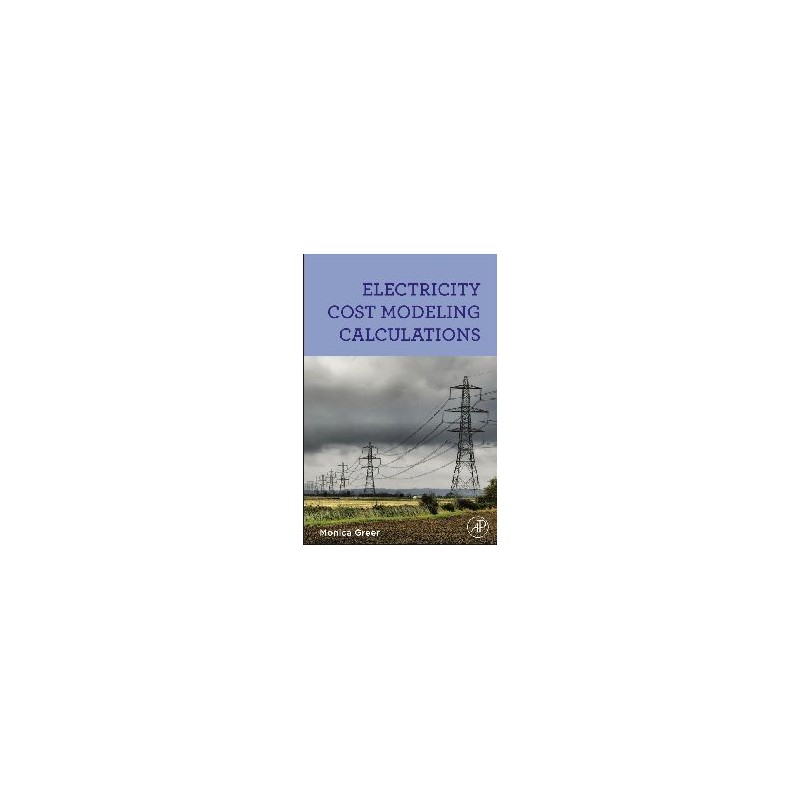- Obecnie brak na stanie




darmowa wysyłka na terenie Polski dla wszystkich zamówień powyżej 500 PLN

Jeśli Twoja wpłata zostanie zaksięgowana na naszym koncie do godz. 11:00

Każdy konsument może zwrócić zakupiony towar w ciągu 14 dni bez zbędnych pytań
Brak towaru
Brak towaru
Brak towaru
Płytka drukowana do systemu (pół)automatyki domowej - czterokanałowy moduł ON/OFF. AVT3212 A
Brak towaru
Brak towaru
Moduł XBee (ZigBee) o mocy wyjściowej +3 dBm/2 mW, prędkość do 250 kb/s, wyposażony w antenę prętową.
Brak towaru
Brak towaru
Moduł kamery stereo 3D, który zbudowany został z dwóch kamer z sensorem OV9281. Przeznaczony do współpracy z Raspberry Pi, Jetson Nano i Xavier NX. ArduCAM B0263
Brak towaru
Brak towaru
Brak towaru
Zestaw AVT do samodzielnego montażu modułu miniaturowego zasilacza 24V. AVT1913/24 B
Brak towaru
Płytka rozszerzeniowa z modułem NFC do Raspberry Pi oparta na układzie NXP PN512. Ma zintegrowaną wydajną antenę i jest wyposażona w interfejs SPI. Moduł spełnia wymogi zgodności ze standardami trybu czytnika, trybu P2P i emulacji karty oraz jest całkowicie obsługiwany przez NXP NFC Reader Library. EXPLORE-NFC
Brak towaru
Flasher STM8, programator przeznaczony dla mikrokontrolerów serii STM8 z wbudowaną pamięcią Flash. Segger 5.09.01
Brak towaru
MOD-13.Z to moduł pozwalający na bezpieczne i wygodne dołączenie karty microSD do projektu z interfejsem SPI. Posiada wbudowany bufor 74HC125. MOD-13
Brak towaru
Brak towaru
Płytka drukowana i zaprogramowany układ do soft start dla silników DC. AVT1955 A+
Brak towaru

